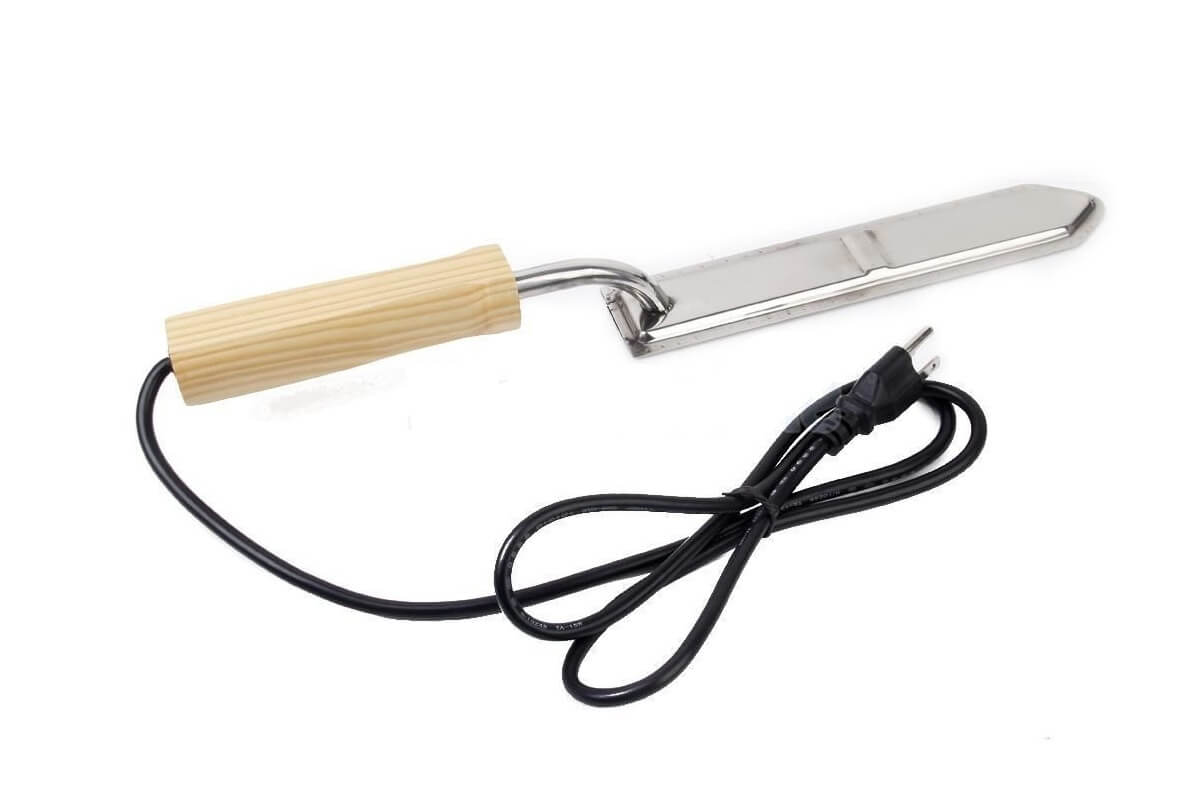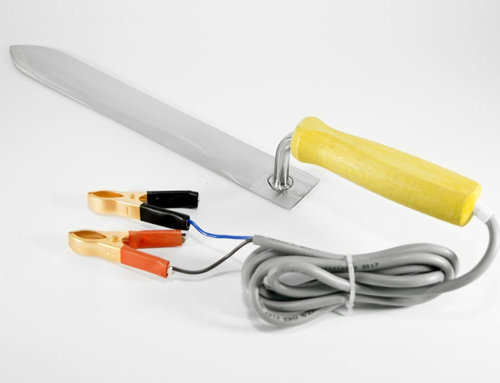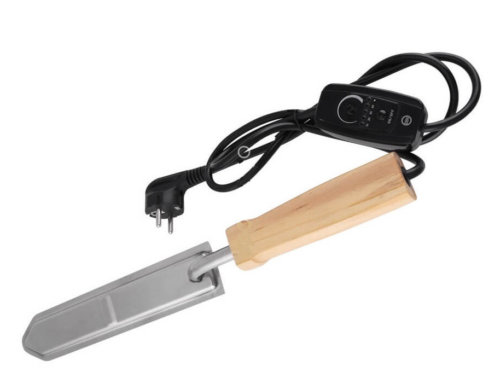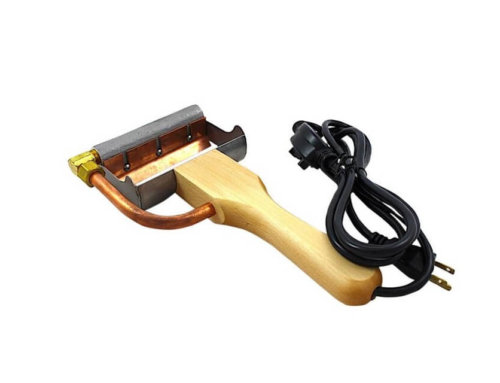Project Description
Electric Heated Uncapping Honey Knife
<20 pcs
≥20pcs
Electric Heated Uncapping Honey Knife
It has a sealed thermostat in the tip of the steel blade and measures 10″ long and 2″ wide. The temperature is preset at just the right temperature for uncapping. Using a heated knife is easier and allows you to move down the frame faster.
The temperature is preset at just the right temperature foruncapping. Using a heated knife is easier and allows you to move down the frame faster. Knife is guaranteed by the manufacturer for 1 year with all warranties handled by the manufacturer.
The heat from the knife warms the wax cappings which makes uncapping your frames a smooth, easy process. This knife features a built-in thermostat to prevent overheating. Simply plug into a power strip and allow the knife to warm up for a few minutes. Turn off when not uncapping to prevent burning the honey on the knife.
To remove the beeswax cap on each cell, uncap with either an upward or downward motion allowing the wax cappings to fall away from the knife blade. Remove just enough of the beeswax to allow the honey to come out, this will minimize the work the bees will need to do to repair and refill these honey cells. Use an uncappingstroke that will not strike any part of your body, Some honey processors use a slight sawing motion while cutting off the beeswax caps.
CAUTION-AVOID INJURY: If you uncap with an upward stroke, be sure to keep your other hand AND thumb that is holding the frame of honeycomb out of the path of the knife. Knife is sharp and gets hot! Work safely when uncapping and don ’t cut or burn yourself.
Cool knife as needed by plunginq blade into a pile of uncappings. Set your hot knife only on a nonflammable, no-melt surface if you set it down.
Develop an uncapping stroke that will allow you to uncap an entire side of a frame in a single stroke using the frame itself as a guide for the knife.
Use the entire length of the blade to distribute the heat of the knife evenly across the work surface for your best uncapping results. Use pointed end of knife to get into corners and score difficult to reach areas on the comb. Fatter combs are easy to process with this tool.
Uncapping Honey is a sticky process. Plan in advance how to keep your work area clean as you work. You can use damp cloth towels to keep the work tools anduncapping area clean. Plan your uncapping work flow to make it easy on yourself. Your tools should be ready and clean; the work area clean and well lighted and all items ready within easy reach. Do not track honey about on your shoes. Keeping the mess to a minimum helps avoid unnecessary clean up and explanations!
Avoid dropping knife or hitting other objects with knife and never use the knife as a prying tool to pry frames out.
Clean knife before and after each use with a damp, but not wet cloth. Clean knifewhen knife is warm as a warm knife is easiest to clean. Keep knife clean for best results.
Create deeper cells by reducing the number of frames in a 10 frame super to 9 frames, but only after the bees have drawn out the frames and you have uncapped the honey. Use these processed frames as the bees templates for deeperhoneycomb cells. Deeper honeycombs means fewer frames and less work for the bee keeper or honey processor. Let the bees draw out the comb before going to 9 frames to help prevent disorganized comb building and extra burr comb.










